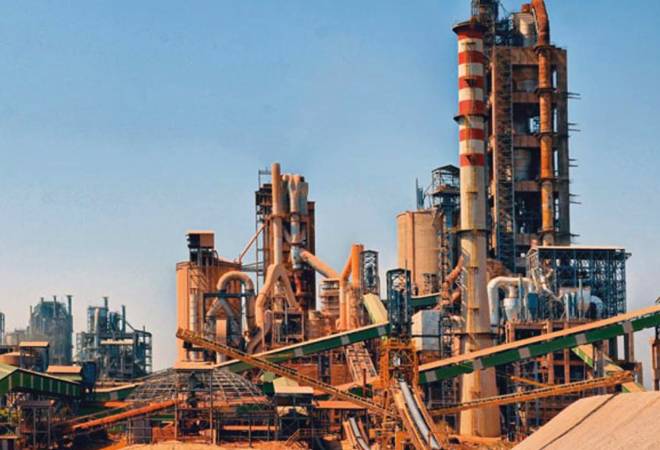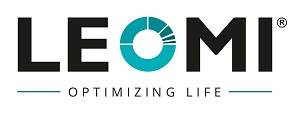
Cement is the second most-consumed commodity in the world after water. Currently, world consumption reached around 4.0 billion tonnes with rising construction materials demand for infrastructure development. A cement is any substance that binds together other materials by a combination of chemical processes called setting. Cement act as the ‘glue’ that gives strength to structures. Cement is used to produce concretes, precast concrete products such as pipes, blocks, etc. for developing the modern world including buildings, bridges, harbors, runways, and roads.
Cements is classified as
- Non-hydraulic cement only react with gas and can directly set under air
- Hydraulic cement (Portland) setting and hardening involve hydration reactions and therefore require water
Portland cement is by far the most common type of cement in general use around the world. This cement is made by heating limestone (calcium carbonate) with other materials (such as clay) to 1450 °C (2640°F) in a Rotary Kiln, in a process known as calcination that liberates a molecule of carbon dioxide from the calcium carbonate to form calcium oxide, or quicklime, which then chemically combines with the other materials in the mix to form calcium silicates and other cementitious compounds.
This results in clinker formation. The clinker coming from the burning zone is very hot. To bring down the temperature of clinkers, Air is blown in a counter-current direction at the base of the rotary kiln in the grate clinker cooler. The cooled clinkers are collected in small trolleys. The resulting hard substance, called ‘clinker’, is then ground with a small amount of gypsum into a powder to make ordinary Portland cement (OPC). Portland cement may be grey or white. Which is then stored and packaged as per different grades.
LEOMI Insertion Thermal Mass Flow Meters provide excellent solutions in cement plants processes:
- Grate Clinker Cooler Airflow controls for efficient clinker cooling rate and temperature control for optimum energy saving in the Rotary Kiln
- Efficient rotary kiln burner gas flow control & primary air is achieved.
- Clinker cooler exhaust hot CO2 gas flow measurement for effective emission control
- Compressed Air utility for pneumatic controls and conveying application
LEOMI Insertion thermal mass flow meter features:
- No moving parts, direct mass flow measurement by air flow meter, independent of pressure and temperature
- Easy & cost effective installation in large duct possible
- Programmable user defined gas mixture possible
- Customised & cleanable sensor assembly possible
- Long life & rugged sensor insensitive to dust and dirt
- Works well even in high moisture gases
- Versatile & Adjustable from various pipe dimensions
- Accurate over entire temperature ranges up to 400°C
- Wide turndown ratio range of 100:1 makes it more preferable choice
LEOMI offer features to match your exact requirements-
- Highly sensitive for compressed air leakage monitoring with a wide turndown ratio
- Saves energy while monitoring with NO pressure drop
- Least affected by moisture in air or gases
- Online Sensor removal possible without interruption of the process
